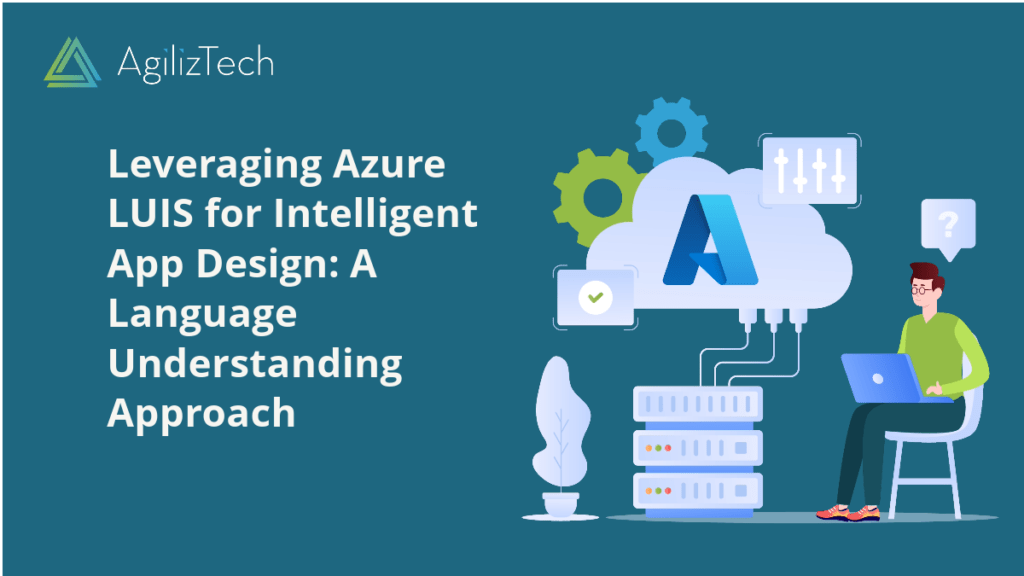Overview
Azure LUIS is a cloud-based service that enables you to build natural language understanding into your applications. With Azure LUIS, you can create custom models that recognize the intents and entities of your users’ queries and commands. You can also use pre-built models for common scenarios such as booking, calendar, email, etc.
Benefits of Azure LUIS
Some of the benefits are, you can:
- Easily integrate it with other Azure services such as Bot Framework, Cognitive Services, and Speech Services.
- Create and manage your models using a graphical interface or a REST API.
- Train and test your models with real data and feedback.
- Deploy your models to multiple regions and scale them as needed.
- Monitor and improve your models with analytics and suggestions.
Use Cases for Azure LUIS
Some of the use cases are:
- Chatbots and virtual assistants that can handle natural language conversations with your customers or employees.
- Voice-enabled applications that can understand spoken commands and queries.
- Search engines and knowledge bases that can provide relevant results based on natural language queries.
- Text analysis and extraction that can identify key information and insights from unstructured text.
Getting Started
To get started, you need to:
- Create an Azure account and a LUIS resource in the Azure portal.
- Create a LUIS app and define your intents and entities in the LUIS portal or using the REST API.
- Train your app with example utterances and label them with intents and entities.
- Test your app using the LUIS portal or the REST API.
- Publish your app to an endpoint and integrate it with your application.
For more information, visit the official documentation: https://docs.microsoft.com/en-us/azure/cognitive-services/luis/.


